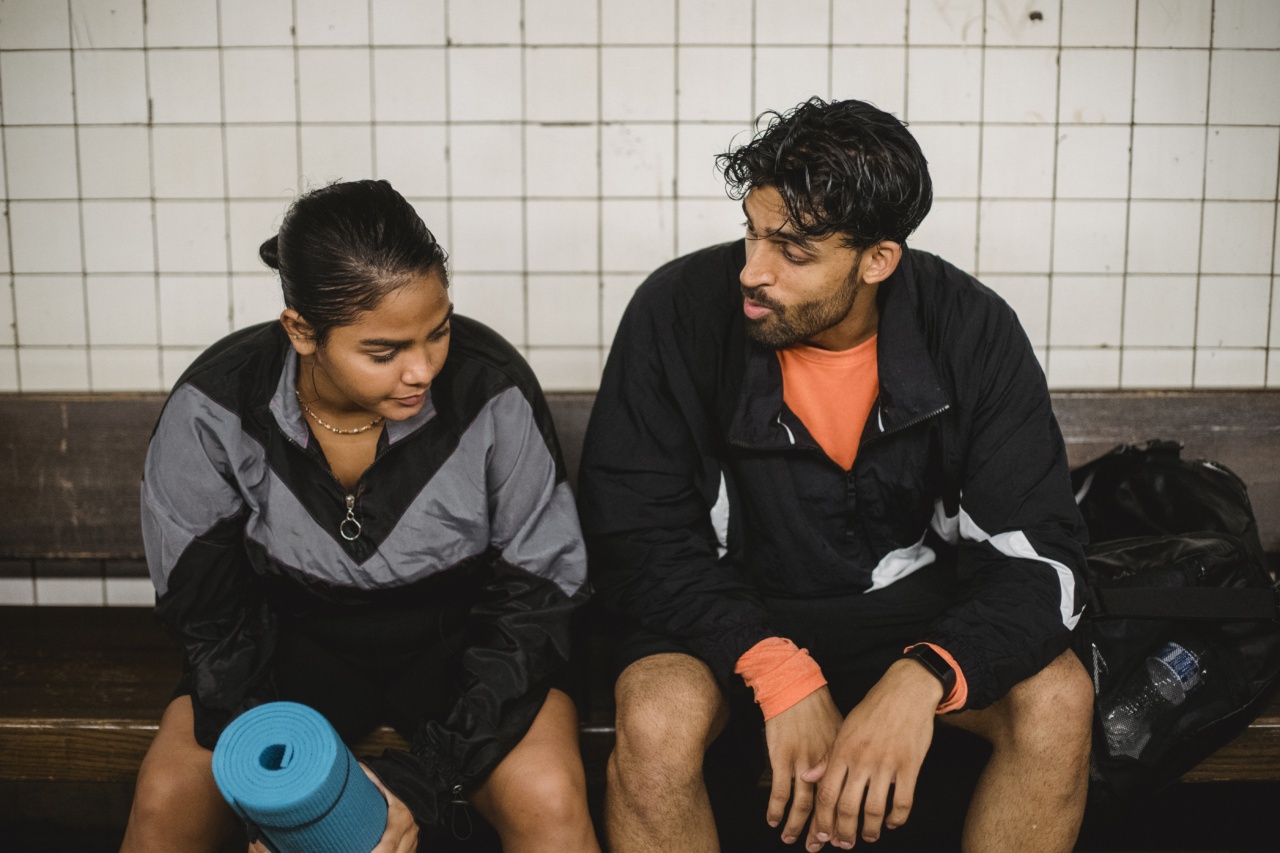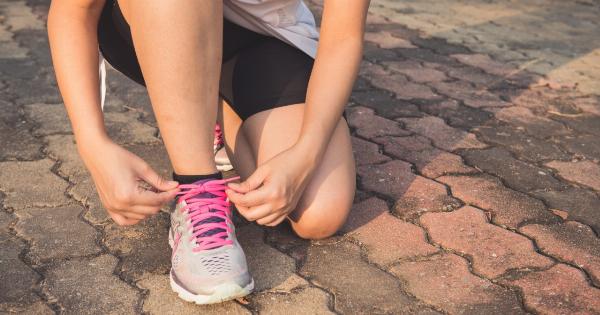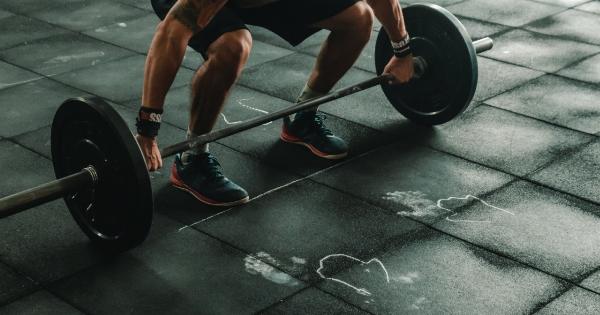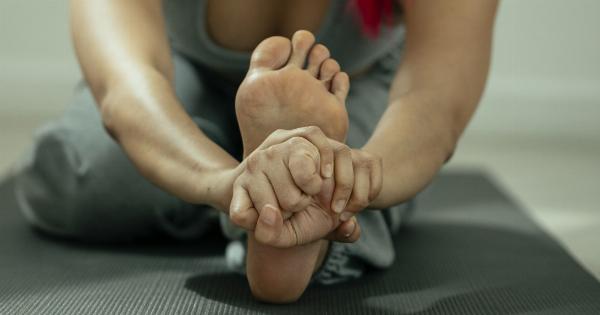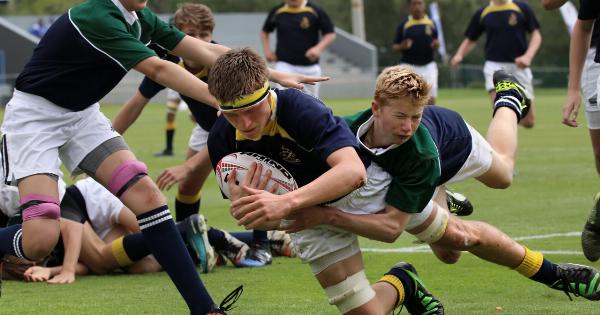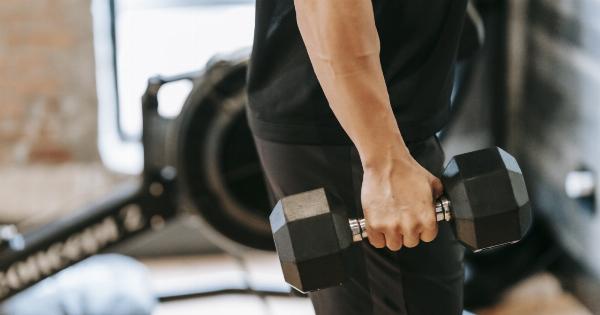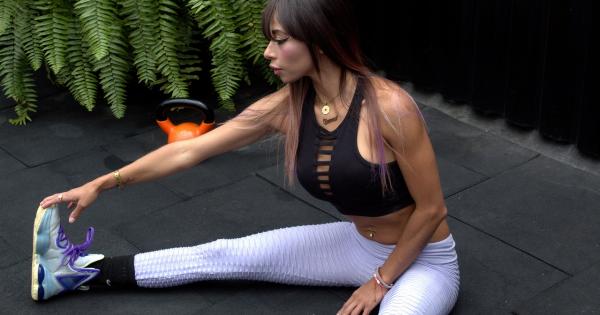When it comes to exercise, hydration is key. Proper hydration not only helps your body function optimally, but it also plays a crucial role in preventing injuries and maximizing performance.
While most people focus on water intake and electrolyte replenishment, there is an often-overlooked aspect of hydration – the muscles. Specifically, the legs, being the largest muscle group in the body, require special attention.
In this article, we will explore the two essential leg exercises that can help optimize hydration levels for overall well-being and better athletic performance.
1. Squats
Squats are a compound exercise that targets multiple muscles in the lower body, making them a perfect choice for optimizing hydration.
By engaging various muscle groups such as the quadriceps, hamstrings, glutes, and calves, squats promote blood flow and circulation to these areas, enhancing nutrient delivery and waste removal.
When performing squats, it is vital to maintain proper form to avoid injury and maximize the benefits. Start by standing with feet shoulder-width apart and toes slightly turned outward.
Engage your core, keep your chest lifted, and bend your knees, lowering your body as if sitting back into a chair. Aim to go as low as possible while maintaining proper form, ideally reaching a 90-degree angle at the knees. Exhale and push through the heels to return to the starting position.
Regularly incorporating squats into your exercise routine can help strengthen your leg muscles, improve flexibility, and enhance overall hydration by stimulating blood flow to the lower body.
2. Lunges
Lunges are another essential leg exercise that targets the muscles of the lower body, promoting optimal hydration. Similar to squats, lunges engage multiple muscle groups while also improving balance and flexibility.
To perform a lunge, start by standing straight with your feet hip-width apart. Take a step forward with your right leg, ensuring your knee stays directly above your ankle.
Lower your body by bending both knees until your back knee is almost touching the ground. Push through the heel of your front foot to return to the starting position. Repeat with the opposite leg.
Lunges offer several variations, such as walking lunges, backward lunges, and side lunges. Adding these variations to your leg workout routine can target different muscles and further enhance the benefits of this exercise.
By regularly incorporating lunges into your fitness regimen, you can increase lower body strength, stability, and hydration levels, ensuring optimal performance during exercise.
Other Strategies for Optimizing Leg Hydration
While squats and lunges are two essential leg exercises for optimal hydration, there are additional strategies to consider to further enhance your leg muscle health and maximize hydration. These strategies include:.
1. Stretching
Prioritizing stretching exercises for the legs can help improve blood flow and enhance muscle flexibility. Incorporate static stretches, such as quadriceps and hamstring stretches, into your warm-up and cool-down routines.
Stretching can also prevent muscle tightness and promote better hydration levels.
2. Foam Rolling
Foam rolling is a form of self-massage using a cylindrical foam tube. By applying pressure against different muscles and fascia, foam rolling can help release tightness and knots within the muscles, improving blood flow and overall hydration.
Focus on rolling your quadriceps, hamstrings, and calves for maximum benefits.
3. Proper Nutrition
Eating a well-balanced diet rich in essential nutrients can support optimal hydration levels in your leg muscles.
Ensure you consume enough water, electrolytes, and foods high in vitamins and minerals, such as fruits, vegetables, lean proteins, and whole grains.
4. Appropriate Rest and Recovery
Allowing your leg muscles enough time to rest and recover between workouts is crucial for hydration optimization. Overtraining can lead to muscle fatigue and increased risk of dehydration.
Make sure to incorporate rest days into your training schedule and prioritize sufficient sleep to aid in muscle recovery and overall hydration.
Conclusion
Optimal hydration is essential for overall health and enhanced athletic performance.
By focusing on leg exercises that engage multiple muscle groups, such as squats and lunges, you can improve blood flow, circulation, and nutrient delivery to your lower body. Additionally, incorporating stretching, foam rolling, proper nutrition, and adequate rest into your fitness routine can further optimize leg muscle hydration.
Prioritize these strategies to achieve optimal leg muscle hydration, improve performance, and prevent injuries.
